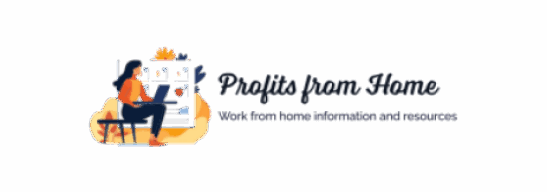The traditional office setup, where employees commute to a physical workspace and work from 9 to 5, is no longer the only way to get work done. With the advancement of technology and the rise of remote work, the modern office is undergoing a significant transformation. Telecommuting, or working from home, is becoming increasingly popular, and it’s changing the way we work, interact, and conduct business.
Benefits of Telecommuting
Telecommuting offers a range of benefits for both employees and employers. Some of the advantages of working from home include:
- Increased flexibility: With telecommuting, employees can create their own schedules and work at times that are most productive for them.
- Reduced commuting time and expenses: No more long commutes, traffic jams, or expensive transportation costs.
- Improved work-life balance: Telecommuting allows employees to balance their work and personal life more easily, leading to increased job satisfaction and reduced turnover rates.
- Access to a global talent pool: With remote work, employers can hire the best talent from all over the world, rather than being limited to a specific geographic location.
- Cost savings: Telecommuting can help reduce overhead costs, such as office rent, utilities, and equipment.
Challenges of Telecommuting
While telecommuting offers many benefits, it also presents some challenges. Some of the obstacles that remote workers and employers may face include:
- Communication and collaboration: Without face-to-face interaction, remote workers may struggle to communicate and collaborate effectively with their team members.
- Distractions and procrastination: Home can be full of distractions, and remote workers may need to develop strategies to stay focused and motivated.
- Technical issues: Remote workers may encounter technical problems, such as internet connectivity issues or software compatibility problems.
- Security and data protection: With remote work, there is a risk of data breaches and cybersecurity threats, which employers must take steps to mitigate.
- Managerial oversight: Employers may struggle to manage and oversee remote workers, which can lead to concerns about productivity and performance.
The Future of the Modern Office
As telecommuting continues to grow in popularity, the modern office is likely to undergo significant changes. Some of the trends that we can expect to see in the future include:
- Hybrid offices: A combination of traditional office space and remote work, where employees can choose to work from home or come into the office as needed.
- Co-working spaces: Shared workspaces that provide a community and resources for remote workers, freelancers, and entrepreneurs.
- Virtual reality offices: The use of virtual reality technology to create immersive, interactive work environments that simulate the traditional office experience.
- Artificial intelligence and automation: The integration of AI and automation technologies to enhance productivity, efficiency, and decision-making in the workplace.
Conclusion
The changing face of the workplace is driven by the rise of telecommuting and the need for flexibility, productivity, and work-life balance. While there are challenges to overcome, the benefits of remote work are clear. As technology continues to evolve and improve, we can expect to see even more innovative solutions to the traditional office setup. Whether you’re an employee, employer, or entrepreneur, it’s essential to stay ahead of the curve and adapt to the changing needs of the modern workplace.

